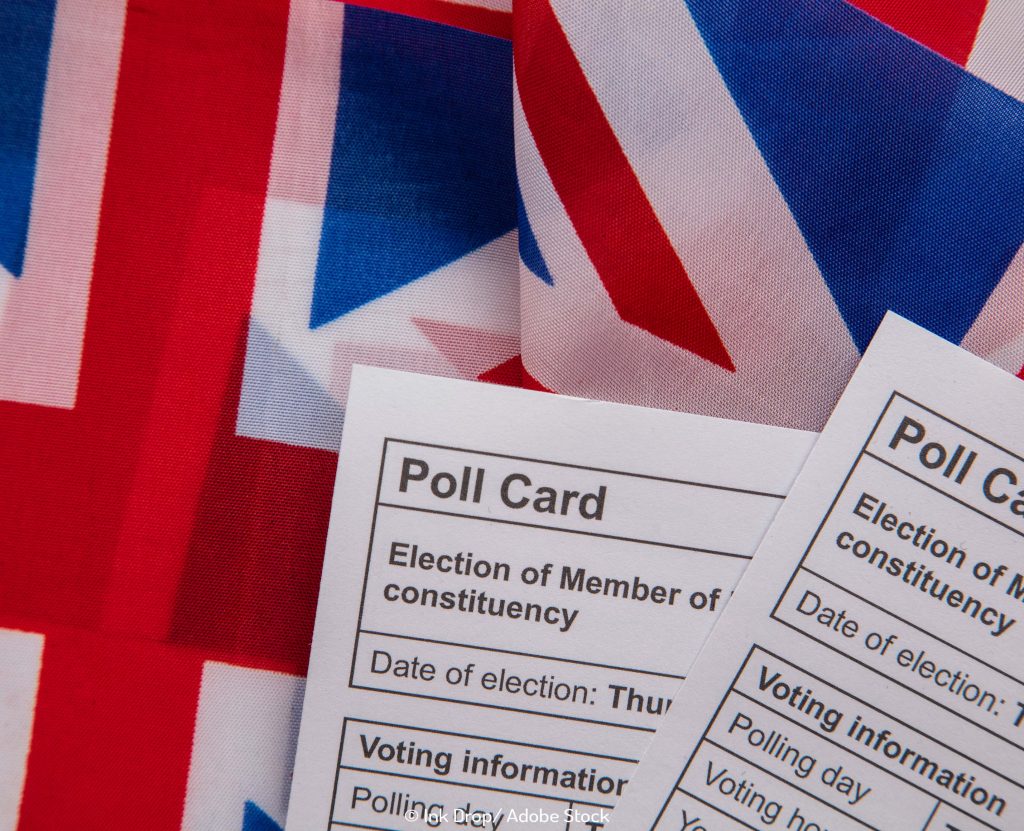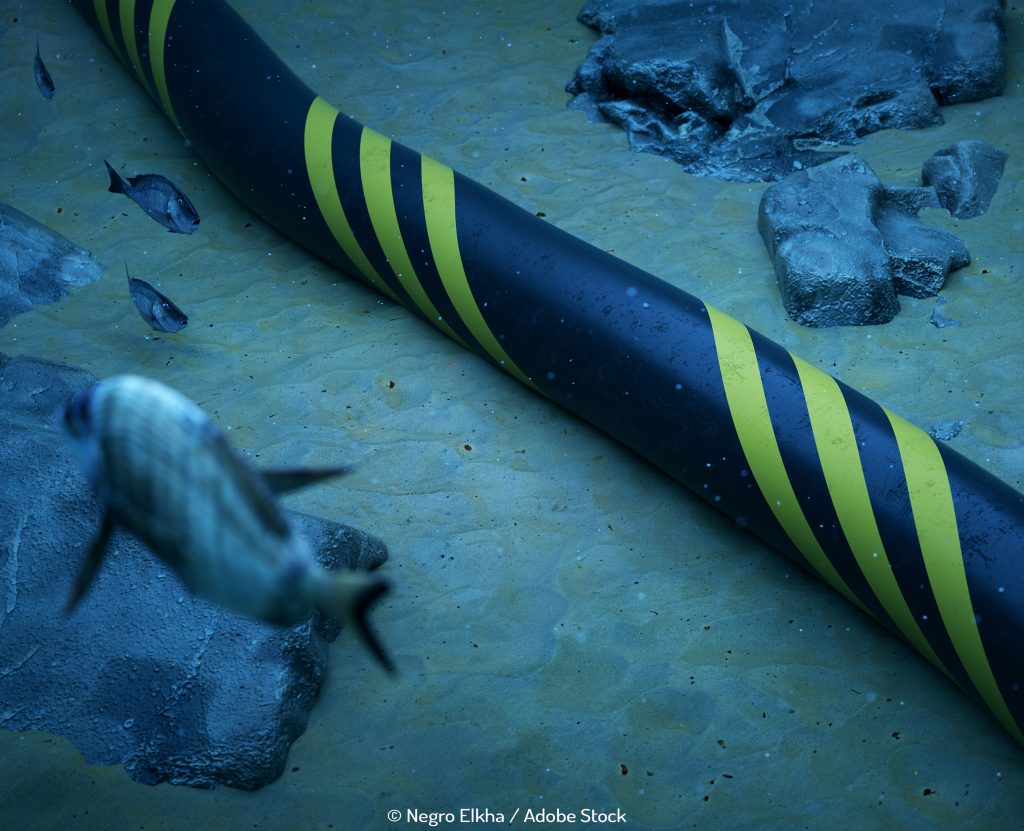
International Women’s Day 2022: Breaking the Bias
Happy International Women’s Day! This year, we wanted to look at the history and significance of the holiday and highlight some of the challenges female offshore workers may face in such a unique and typically male-dominated workplace.
The global holiday is used to highlight women’s achievements and the injustices, inequalities, and issues they face worldwide. In terms of the history and origins of the event, in the United States in 1909, a ‘National Women’s Day’ (as it was called at the time) was declared largely due to Ukrainian born suffragette, Clara Lemlich. She was one of the leading figures in the strike by thousands of garment workers in New York, calling for better pay, hours and working conditions. The Socialist Party of America announced a National Women’s Day in these workers’ honour the following year. This became international women’s day when a key figure in the Social Democratic Party in Germany, Clara Zetkin, proposed this should be an international day to celebrate women and fight for equality. After a conference where 100 women from 17 countries agreed to her suggestion, the day became formalised.
This year, the event’s theme is ‘Break the Bias’. It is focused on showing “commitment to calling out bias, smashing stereotypes, breaking inequality, and rejecting discrimination”. Many issues disproportionately affect women globally, such as domestic and sexual violence, pay inequality, a lack of female leaders, and worse access to healthcare and education. International Women’s Day is an important reminder to acknowledge these issues and assess ways to help overcome them.
For women offshore, a lack of representation is a clear issue. The global average percentage of women in the offshore wind sector is just 21%. The Asia Pacific wind average is just 15%. In addition, women are often treated differently or taken less seriously, as highlighted by Melissa Mark-Joyce (Associate Director EHS UK ED and EMEA CDCS at Labcorp Drug Development). She outlines her experience working offshore as a woman below:
“I’ve worked in male-dominated offshore oil & gas in Trinidad, the US and the UK. As a young female engineer early in my career, I was the only woman offshore and some people felt I shouldn’t be there. They didn’t think it was suited to women because it was a rough environment with heavy machinery. The culture was challenging at times. I wasn’t always listened to or included. I became the line manager for the offshore teams when I was 30, with five-eight years’ experience. I was leading a team of 200 offshore workers, and some of my direct reports struggled with that. They were resistive. The good thing was the company encouraged conversations and support mechanisms to allow me to do well.”
In some cases, the male-dominated nature of the industry can put women at risk. In the North Sea, there were cases of female workers being given men’s PPE. This meant they had to wear ill-fitting shoes as well as roll-up sleeves and trouser legs. In a survey by AXIS network, 62% of women said coveralls didn’t fit effectively, while 51% said their outerwear/jacket wasn’t suitably sized. In an offshore environment, this can be very dangerous. There are a variety of associated dangers such as sleeves getting caught in machinery, tripping over trouser legs or poorly fitting shoes and even an associated risk of flash fires.
However, it isn’t all bad news; some positive developments for women in the offshore world can be seen. In Taiwan, 95% of offshore wind companies have women line managers, and 60% have female directors. Having women in significant managerial positions makes it hopeful that the industry may shift towards becoming more inclusive. There are a variety of organisations such as the Women’s Energy Council and the Women and Oil and Gas Association are also doing important work in helping to shape our industry.


